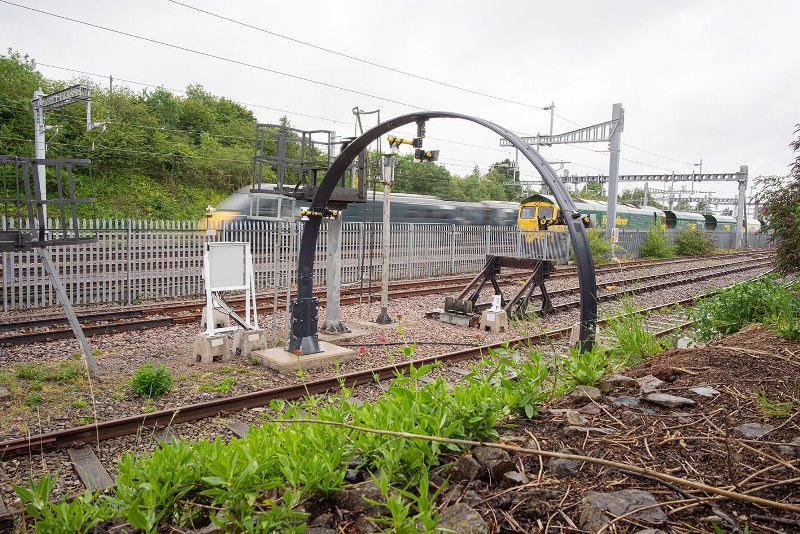American multinational engineering firm AECOM is applying 3D printing to the modernization of transport networks. Currently testing at Bristol Parkway signalling training school in southwest England, CNCTArch is a thin, lightweight bridge proposed by the company as an alternative means of installing new, digital signalling equipment. With this 3D printed structure, the company can potentially cut time required to conduct railway upgrades, reducing downtime and, importantly, the resulting delays and disruptions to journeys on public transport.
“With many of our global transport clients facing capacity and performance pressures, they are looking for cheaper, faster and safer ways to modernize their networks,” explains Mark Southwell, Aecom Managing Director for civil infrastructure UK & Ireland.
“Aecom’s CNCTArch is a great example of how our people are innovating to find solutions in response to specific client challenges. Finding new ways to drive the greatest efficiencies and minimize disruptions for passengers are key as our clients look to digitize their networks.”
Railway modernization
As public transport faces challenges with legacy train upkeep and modernization, 3D printing has been stepping in to help. In Europe, the Mobility goes Additive network is continually seeking 3D printing applications for the upkeep of aging fleets. In recent years industry stakeholders, including Wabtec, Bombardier Transportation and Siemens Mobility have also each acquired their own 3D printers to explore the potential of this technology.
From an infrastructural standpoint, when making digital upgrades to existing railway network engineers are required to attach new equipment to existing structures. In tunnels, this process can take up to four shifts to complete, stretching over multiple days. AECOM’s CNCTArch is designed as a simple, freestanding structure that can be installed solely for the addition of new digital equipment. The team calculates that it would only take one shift to install, and it can be used both in tunnels and in open environments.

At present, the company is testing the CNCTArch’s resistance to different weather conditions in co-operation with staff at British railway infrastructure manager Network Rail.
“In partnership with industry, we look at how research, development and technology can make train travel more comfortable, accessible, reliable and affordable,” comments Matthew Lupton, Network Rail principal signalling engineer. “Network Rail actively encourages and works with suppliers and stakeholders to increase innovation, creativity and to reduce costs.”
3D printing the graphene arch
The CNCTArch has been developed by AECOM in collaboration with large scale 3D printing provider Scaled. A Scaled 3D printer consists of a material extruder attached to a robotic arm. With this assembly, the company is capable of producing single structures measuring up to 2 and 3 meters, but there is the possibility to scale this further – all that would be required is a large robotic arm.
Scaled system use pelletized feedstock, which has the benefit of fast print times. It also means projects aren’t limited to materials available as a filament.

When installed, the CNCTArch stands at 4.5 meters tall. Material for the arch (a graphene-impregnated polymer) was supplied by Versarien, a UK-based advanced materials group. The graphene content in this case acts as a type of reinforcement for the arch, ensuring a high weight-to-strength ratio. This project is a significant undertaking for the company, as Versarien CEO Neill Ricketts comments, “the volumes of graphene that are required in these types of structure are significantly larger than for many other applications.”
The current testing of the CNCTArch, lasting six months is AECOM’s first step toward the potential commercialization of the product. Southwell adds, “Installing the arch on the outdoor track and working with Network Rail to test its performance is an important step towards gaining product acceptance and bringing the CNCTArch to market.”
For more of the latest, cutting-edge 3D printing applications, subscribe to the 3D Printing Industry newsletter, follow us on Twitter and like us on Facebook.
Looking for a career in additive manufacturing? Visit 3D Printing Jobs.
Featured image shows a UK First Great Western train leaving Reading. Photo by rpmarks, via Flickr



